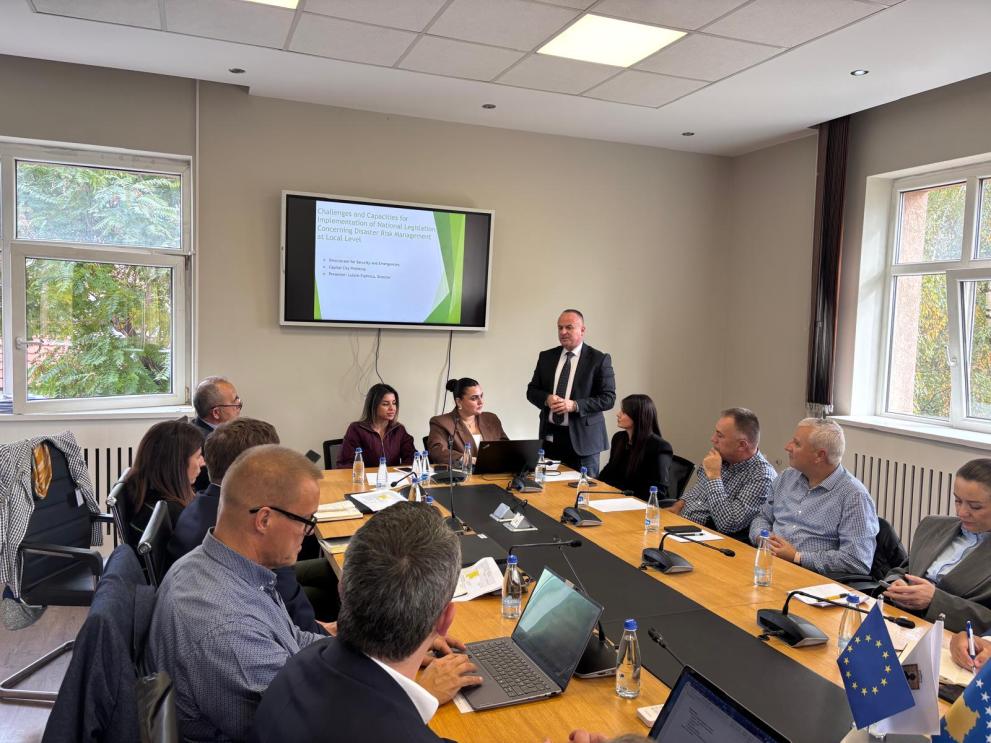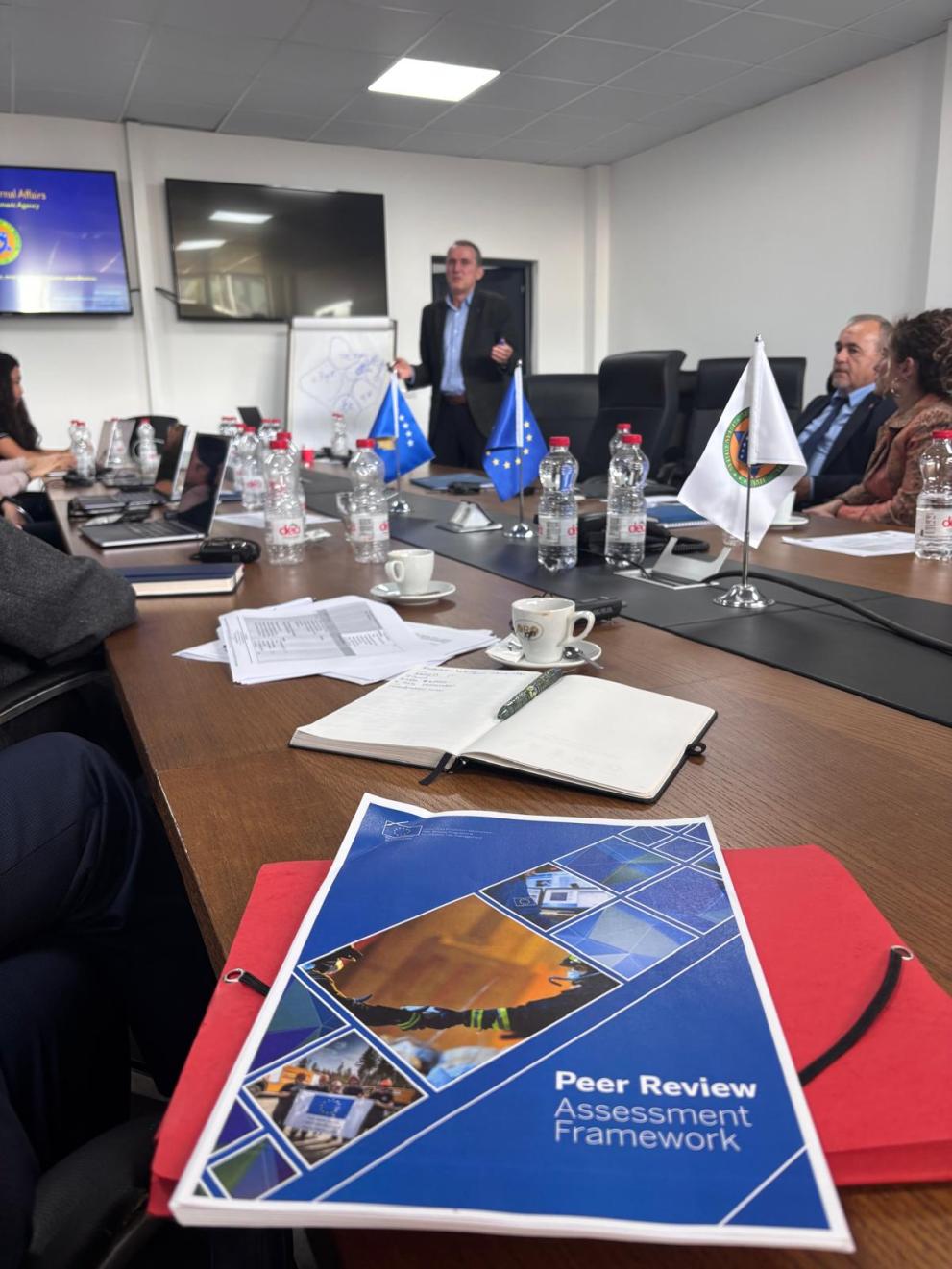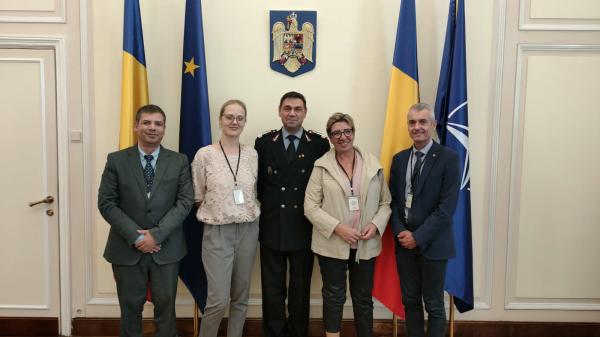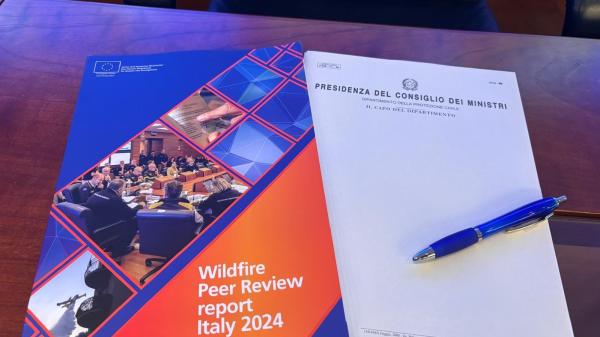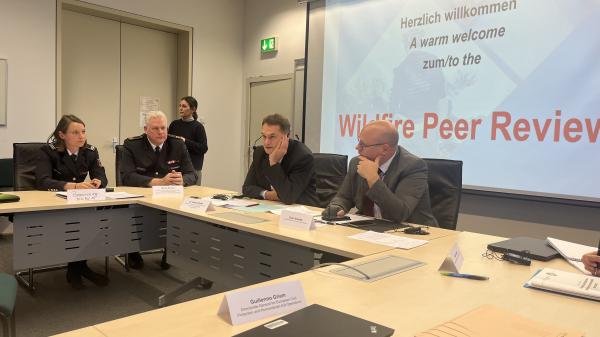Risk landscape in Kosovo
Kosovo is exposed to a wide array of hydrometeorological and geological hazards, including floods, earthquakes, wildfires, landslides, droughts and biological hazards. The country faces a growing flood risk, particularly in its mountainous regions, where flash floods frequently affect highly exposed river basins such as the Drini basin, experiencing flooding every two to three years[1]. Earthquake risk is also considerable due to Kosovo’s location within the Alpine-Mediterranean seismic belt, where the African and Eurasian tectonic plates converge.
Forests cover approximately 43% of Kosovo’s total land area, making them a vital natural resource but also increasingly vulnerable to wildfires. Since 2000, wildfire susceptibility has grown, particularly during late spring and dry summer periods. Currently, 36.8% of the country’s territory is classified as being at medium wildfire risk, while 15.8% falls under high wildfire risk[2].
In January this year, Kosovo, represented by the Emergency Management Agency (EMA) under the Ministry of Interior, volunteered to undergo a peer review within the new 2025-2027 cycle of the UCPM Peer Review Programme. The overall objective of this review is to identify areas for improvements and highlight good practices within the disaster risk management and civil protection system of Kosovo. The key priorities have been defined in consultation with the Kosovo authorities:
- Governance: all subtopics with a special attention to:
- Disaster Risk Reduction (DRR) financing, to get suggestions on how to allocate budget to the different authorities and fund DRR measures (e.g. included in the national action plan);
- Horizontal and vertical coordination, whole-of-government and a whole-of-society approach, collaboration and cooperation with research and academia, the private sector, and Civil Society Organisations (e.g. by establishing a National DRR platform);
- How to promote the implementation of national legislation by local authorities;
- How to include in the overall governance a lessons learned process to continuously improve the Disaster Risk Management (DRM) system.
- Prevention: focus on risk awareness and communication.
- Response: with a special attention to:
- Response coordination, especially focusing on 112 integration into the National Emergency Response Coordination Centre and procedures on how to request international assistance.
- Post Disaster Needs Assessment procedures.
The peers are expected to present their findings in a comprehensive report (including concrete recommendations) to the Kosovo authorities in April 2026.


